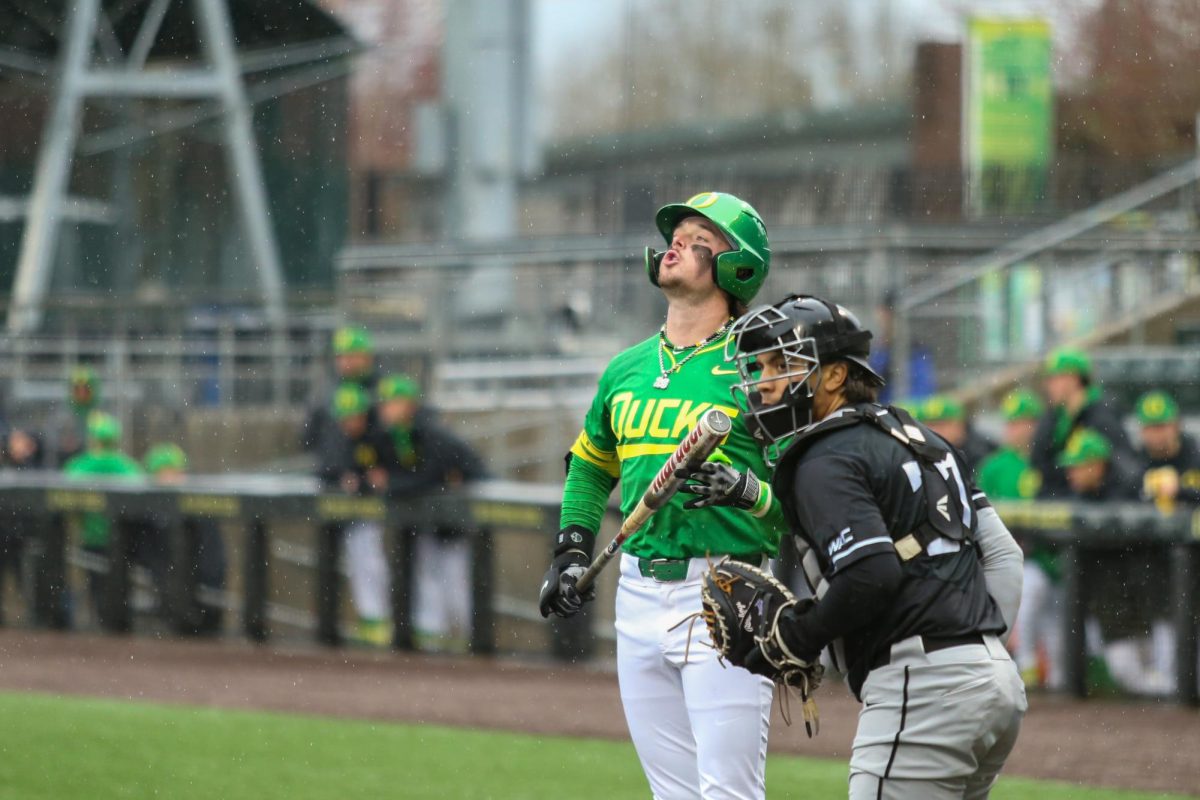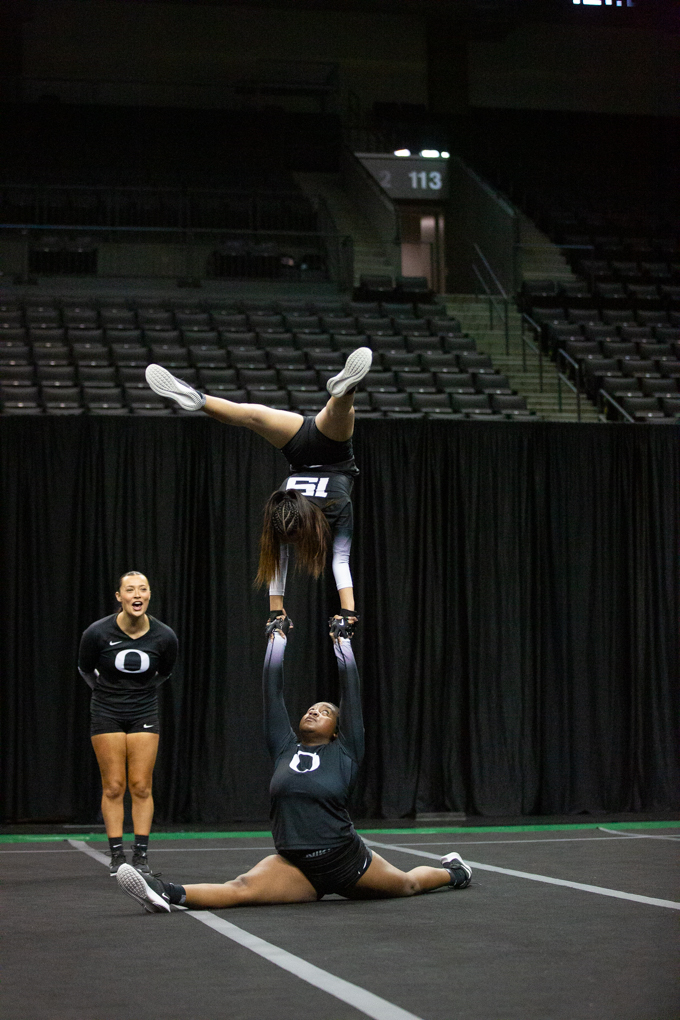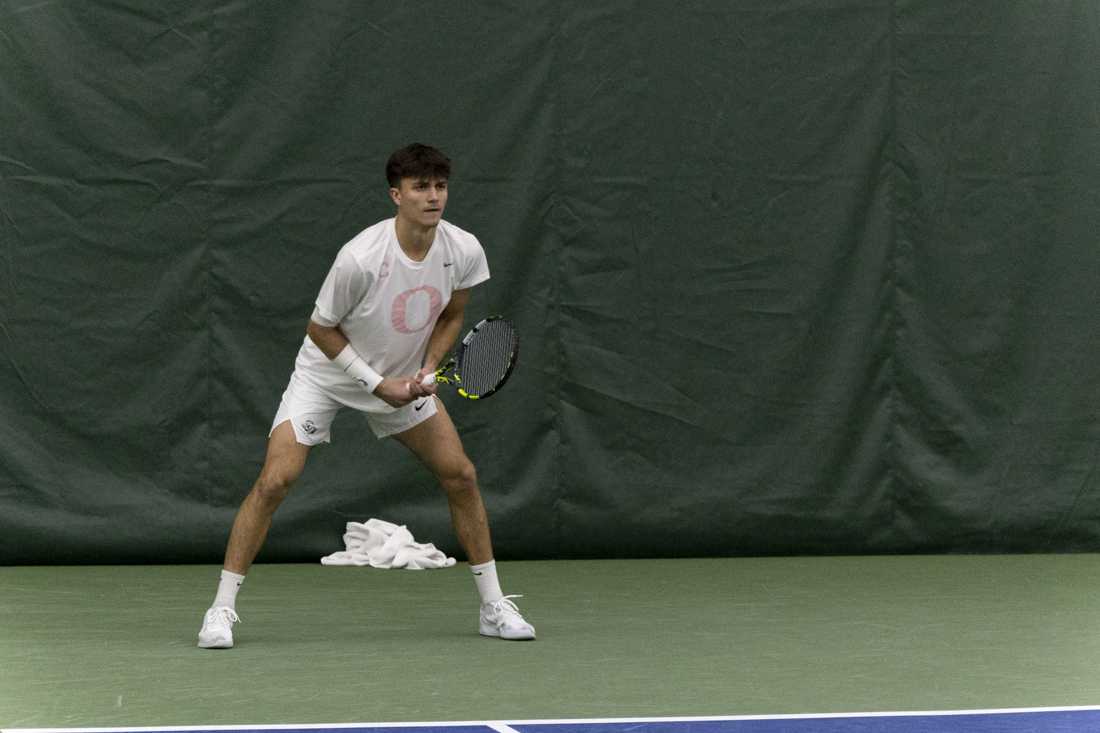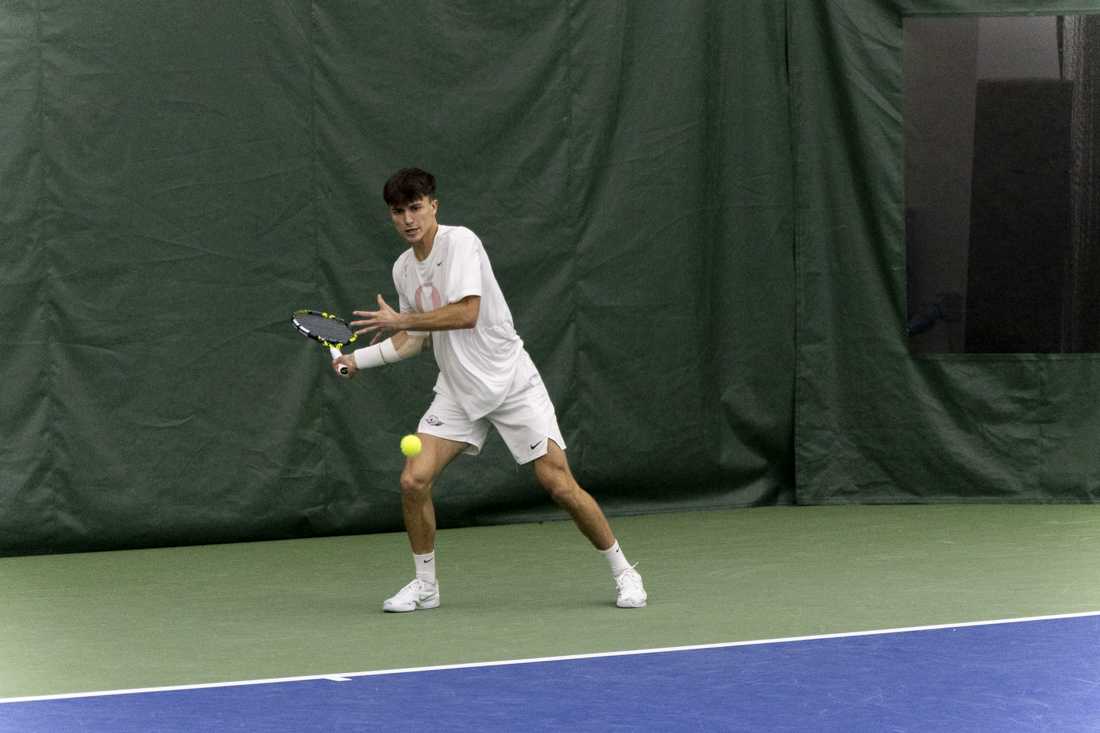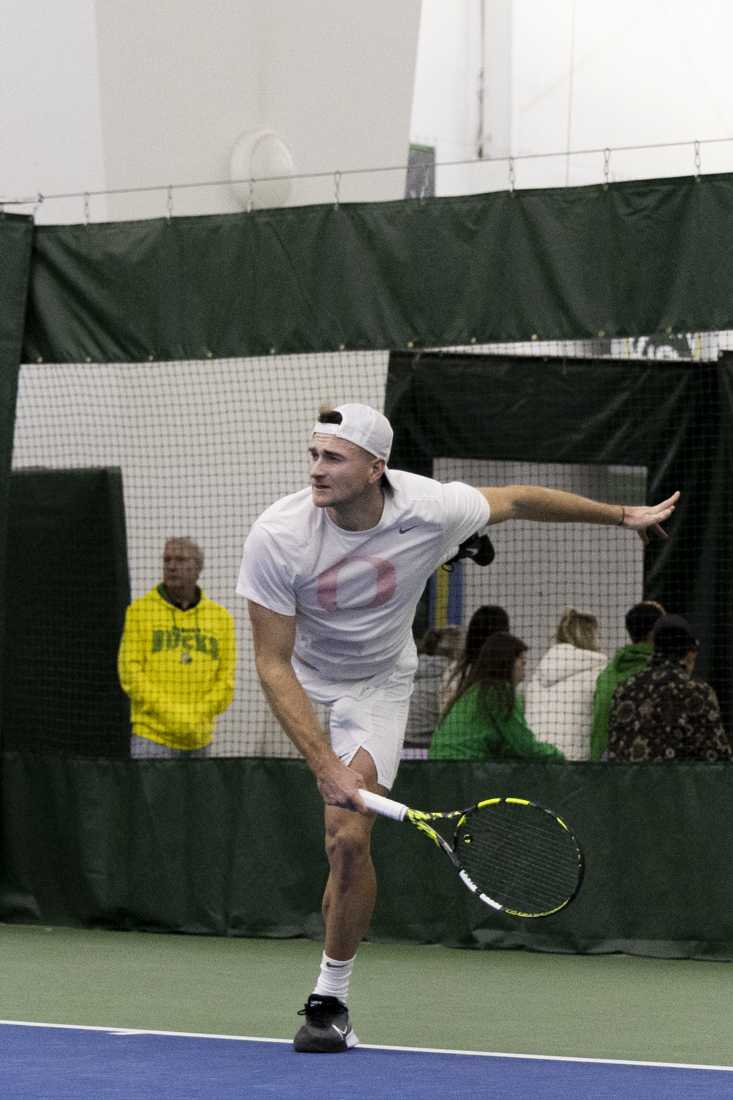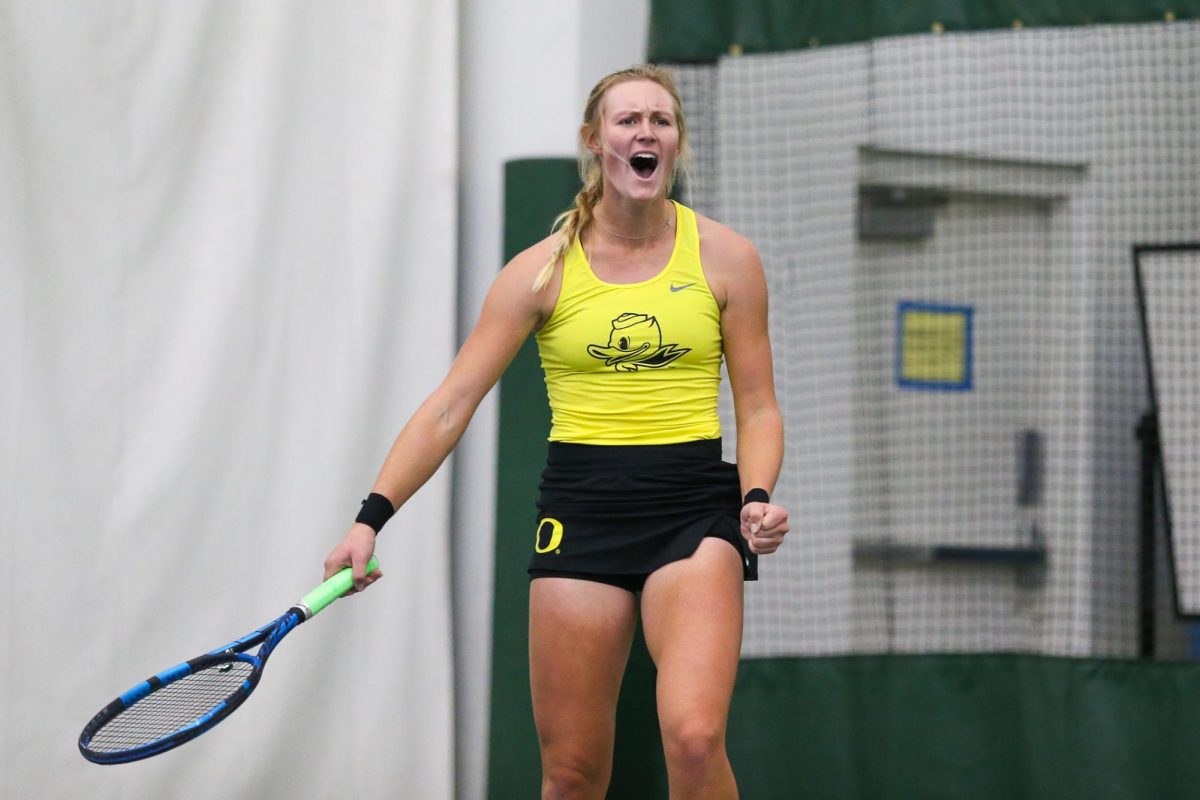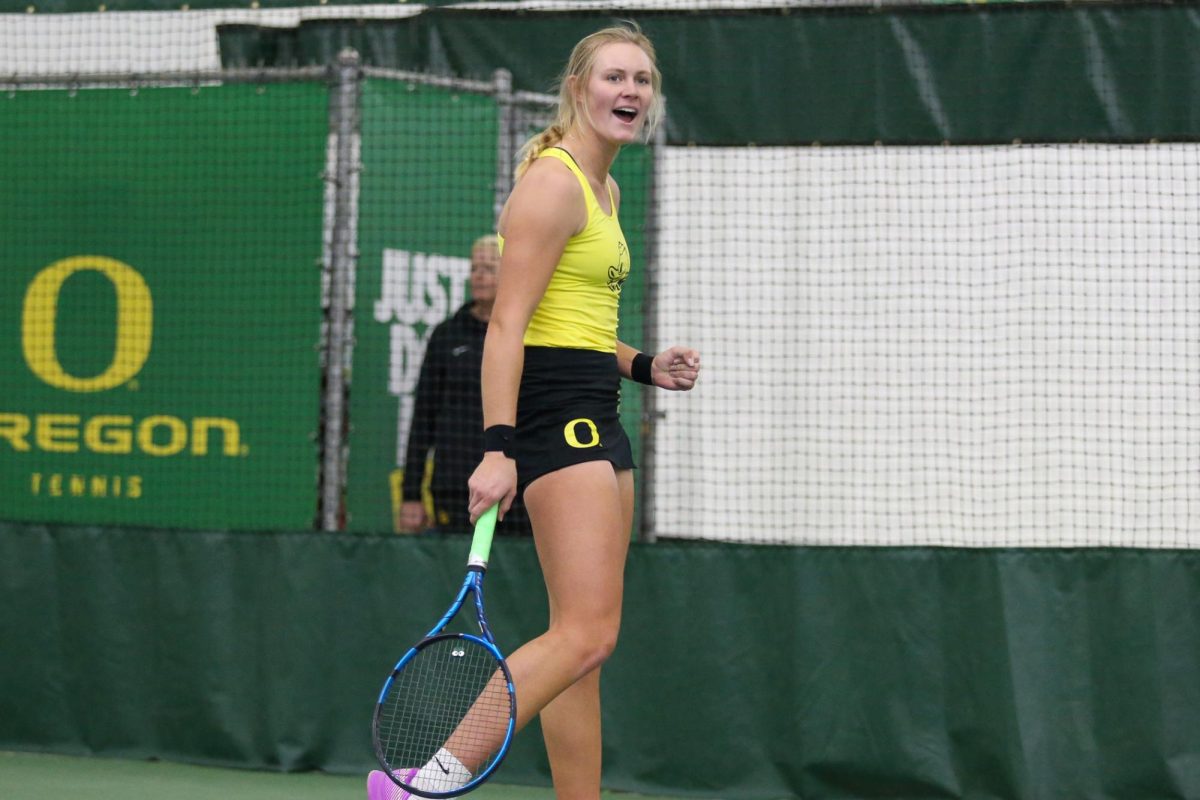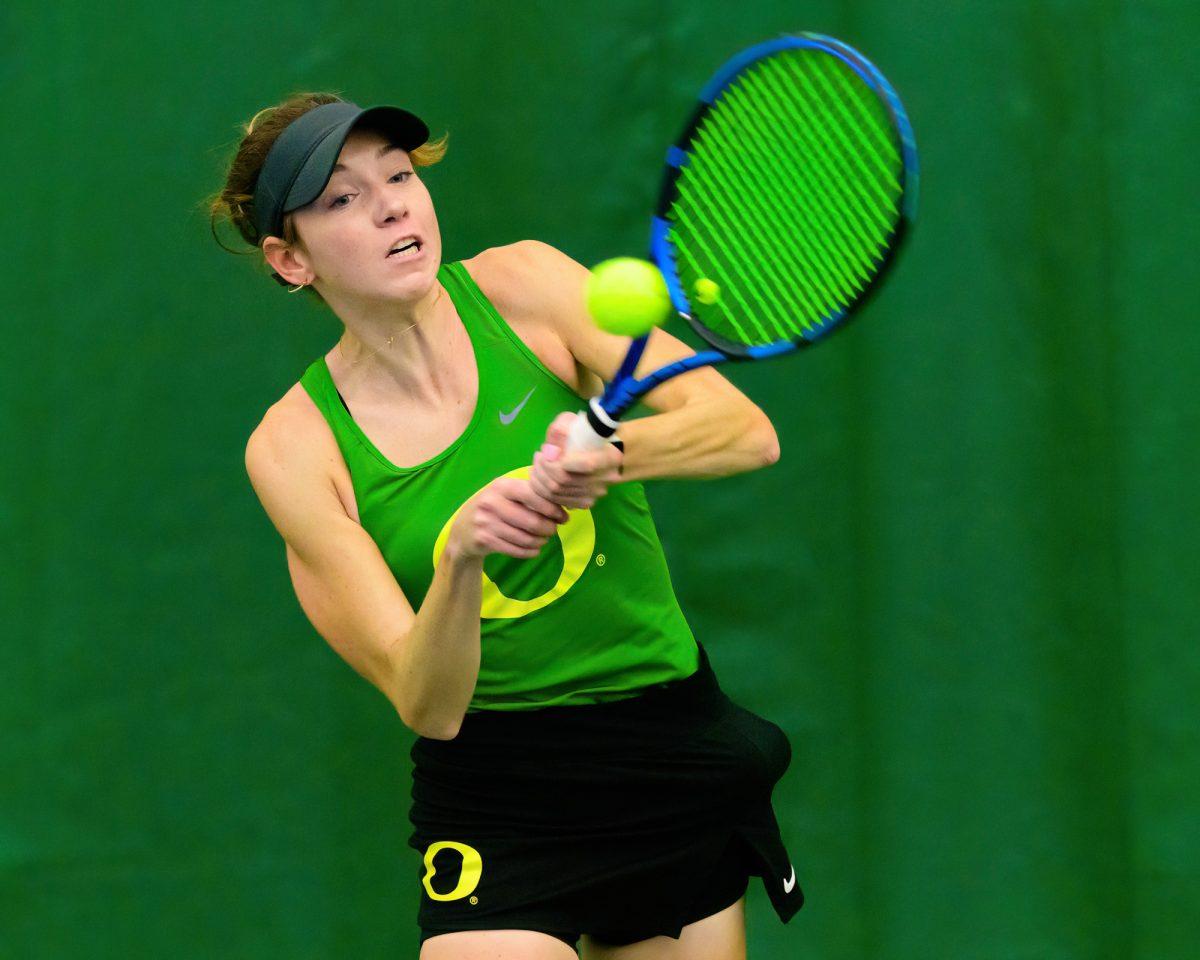Out of the nine student-athletes on the University of Oregon’s men’s tennis team, five have 10-hour plus flights when they make a trip back home.
It has become increasingly common for international students to venture to the United States in pursuit of competing in NCAA Division I athletics, and tennis is a sport that has seen its international presence increase dramatically over the past decade.
More than a handful of teams’ rosters only have one American. This trend has become increasingly popular; between 2014 and 2019, the percentage of first-year international students on men’s Division I tennis rosters jumped from 50% to 61%, according to NCAA Research.
International players have proven why tennis coaches and recruiters at UO, and so many other colleges, have traveled great distances to ensure these individuals compete for their teams.
Among the top four ranked singles players on Oregon, three hail from outside the U.S.
The limited alternatives available to overseas tennis prospects correlates to the amount of international prospects choosing to play in the U.S.
Take senior and No. 1 singles player for the Ducks Joshua Charlton, for example.
“It’s a tough decision because if you’re not going to college you have to back yourself up and play low-level professional tournaments,” Charlton said. “But that’s tough to do, when you’re 18; you need to build up your body and build up your game.”
Charlton came to Oregon from Australia when he was just 18 and even admitted that some alternatives offer a comparable level of competition to men’s Division I tennis.
“I think the level of Division I is just unreal,” Charlton said. “You have a lot of the top players in college who when the season ends, are going out and playing professionally.”
There are some adjustments international student-athletes have to make when coming to the states for the first time. Head coach Nils Schyllander understands these adjustments and the apprehension that comes with them because he was in their shoes when he was a teenager coming from Sweden to play tennis at Northern Arizona University.
“Having him, who’s experienced that before, they know what it’s like when you’re missing home and being a part of a new culture, and you can feel so isolated sometimes,” Charlton said.
Sophomore Swede and No. 4 singles player for the Ducks Jesper Klov-Nilsson noted the importance of a coach like Schyllander, who is from his home country, and how it affected his recruitment.
“I wanted to make my own decision, but at the same time he made a pretty big impact,” Klov-Nilsson said.
Oregon’s men’s roster is more than half international and are just one of hundreds of NCAA Division I teams that have a roster majority of international student-athletes.
Something can be said about the correlation between the highest ranked American professional tennis players and their decision to go to college or turn professional. Out of the top 10 ranked American tennis players, only four of them chose to play collegiately.
Looking at the last five NCAA championship teams, only one of them (Texas in 2019) had half of its roster made up of foreign athletes. It would make sense that recruiting only international prospects likely results in higher championship odds, but when fighting for a team title, where someone is from doesn’t matter.
The increase in international student-athletes has a huge impact on the chances for high school tennis players in the U.S. to make a Division I roster. According to Scholarship Stats, a high school tennis athlete in the U.S. has a 0.6% chance of making a Division I roster.
With some teams like TCU, whose roster is made entirely of international student-athletes, many talented high school prospects don’t stand a chance of getting a scholarship.
Regardless, the path to NCAA Division I tennis isn’t any easier for foreign prospects. Student-athletes like Oregon junior and No. 3 singles player Ivailo Keremedchiev mentioned the difficulty of getting recognition when he played in his native Bulgaria.
“[In Bulgaria] they have a national national sports academy, but it’s not very good — they only have 20-30 decent players over there,” Keremedchiev said. “It’s a very poor education level. So that’s why I wanted to get away from there.”
With the takeover of international student-athletes in college tennis, it would be hard to deny the improvement of competition level compared to a decade earlier.
The limited opportunities, improvement of competition and difficulty of even making it to the Division I level highlight why tennis has become one the few NCAA sports that is dominated by non-americans.





